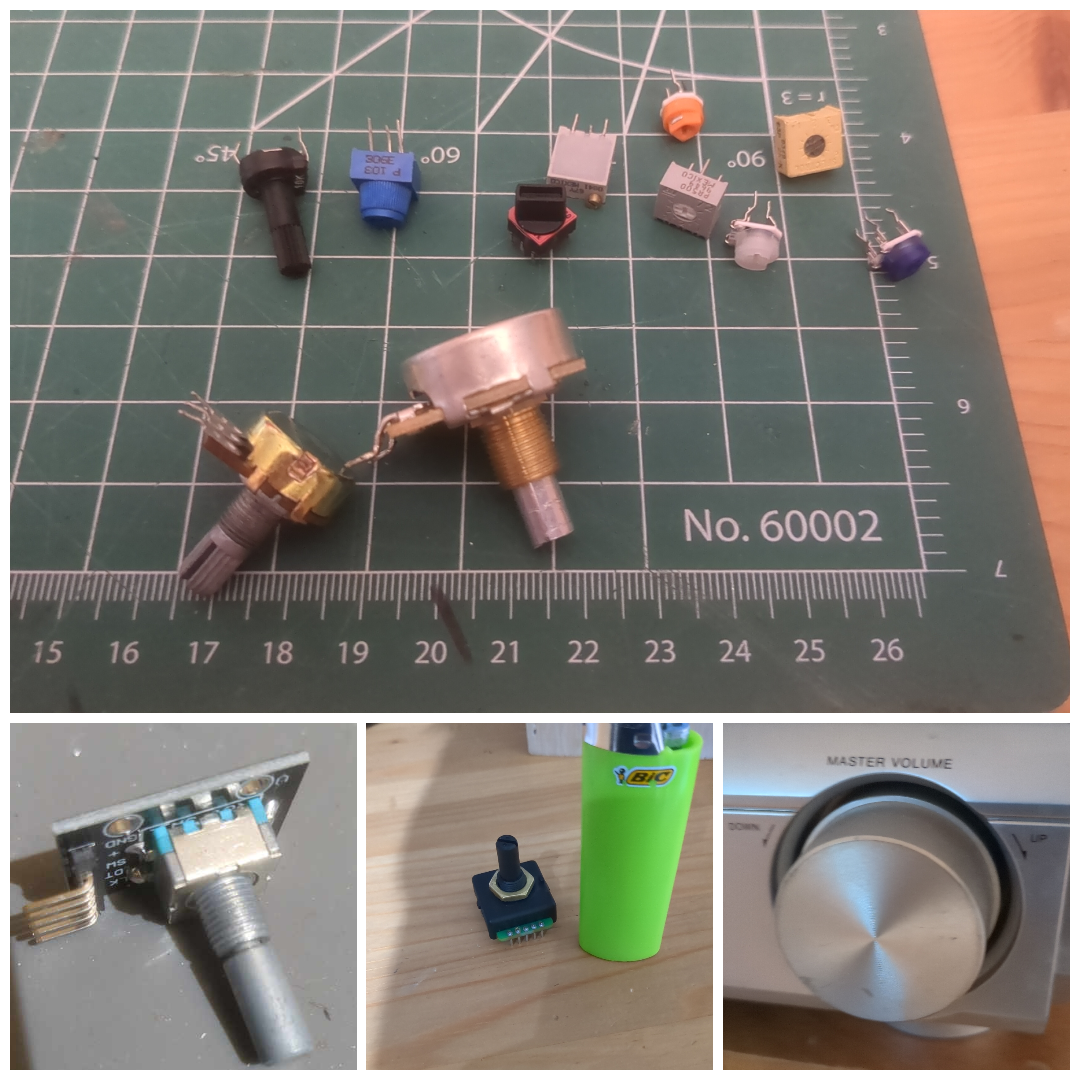A collection of useful Git commands for everyday development, with explanations and examples.
Basic Operations
View commit history:
git logA collection of useful Git commands for everyday development, with explanations and examples.
View commit history:
git logNote
This is still a work in progress, I have hit another brick wall getting traffic to mirror to the pi correctly, which has proved a lot more difficult when first starting this project. Either way it should be an interesting project to finsih when i can afford to spend a little on some better hardware (I'm thinking I need a better router for this to properly work).
Interesting side note about LLMs: I use llms like claude and chatgpt quite regularly (very similar to how I would use a search engine a few years ago). One thing I've noticed is how terrible llms are at networking and security information. The recommendations are almost always logically incorrect. For example, chatgpt keeps thinking a viable soultion to capturing all traffic on a WIFI network I'm connected to, is monitor mode on a wifi card, but hopefully if you're reading this you understand this is a garbage repsone, yet every fresh context the llms get this wrong. I think I know why... When i first started getting into ethical hacking, I would read these guides online that would seemingly tell you how to bypass security on device; however, the articles would almost always take you down a rabbit hole then get to point where there's a non trivial barrior (tpically cryptography), and then just skip that step and jump to some wild conconlusion. Anyway, given the sheer number of disinformation articles online, it's no wonder why LLMs are so poorly trained on this topic, they have simply digested as much, if not more, bad data then good data, which just goes to show the actual illusion of thought.
I was able to obliterate class averages in university by using the following techniques. I want to preface this guide by stating that I’m not that intelligent. I struggled at the end of high school and even had to go back to upgrade to get into university. I will boast that I have some natural talent and abilities with problem-solving, which is why I chose to go into computer science and mathematics, but I am not one of those individuals with seemingly preternatural abilities. I mention this because I believe if anyone reads this guide and takes my advice, he or she can rise to the top of university classes.

In this post, we'll dive deep into the mechanics of rotary encoders and potentiometers and provide some simple code.
While both devices are essential for measuring rotational movement, they have distinct ways of operating. Rotary encoders generate digital signals, capturing both the degree of rotation and its direction – perfect for projects where precision is key. Potentiometers act as variable resistors, offering an analog output that's invaluable for its simplicity.